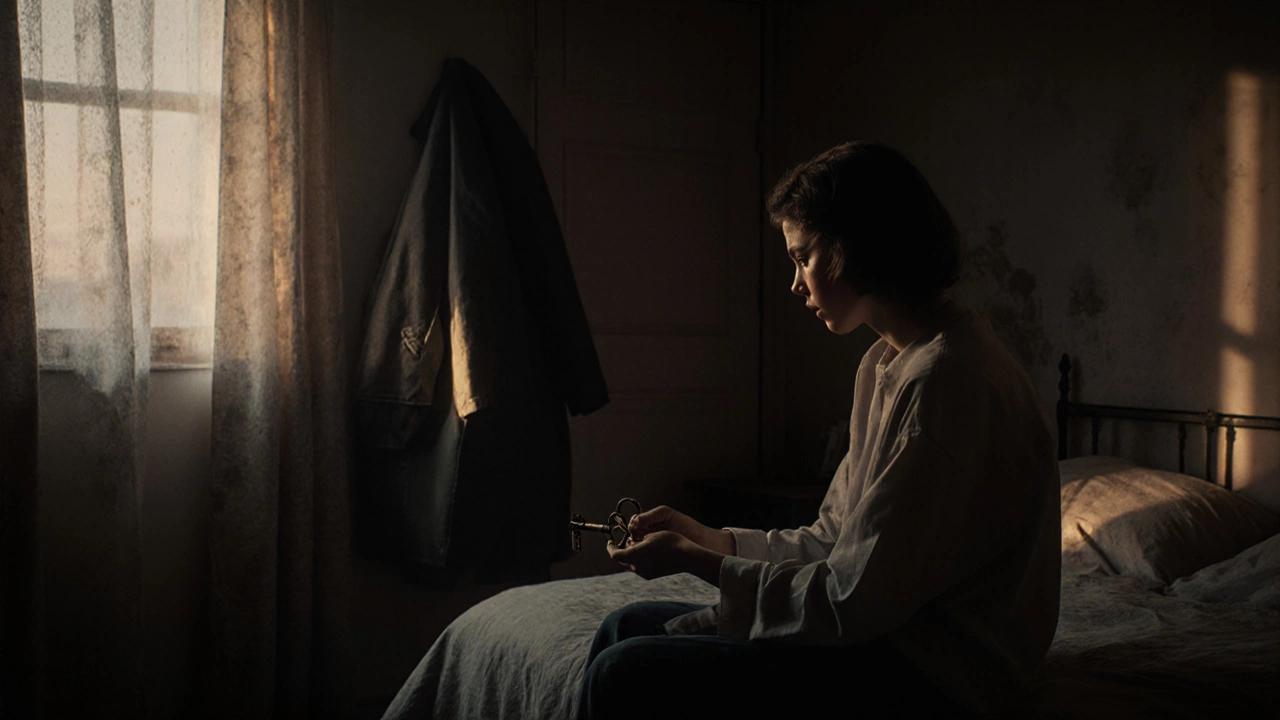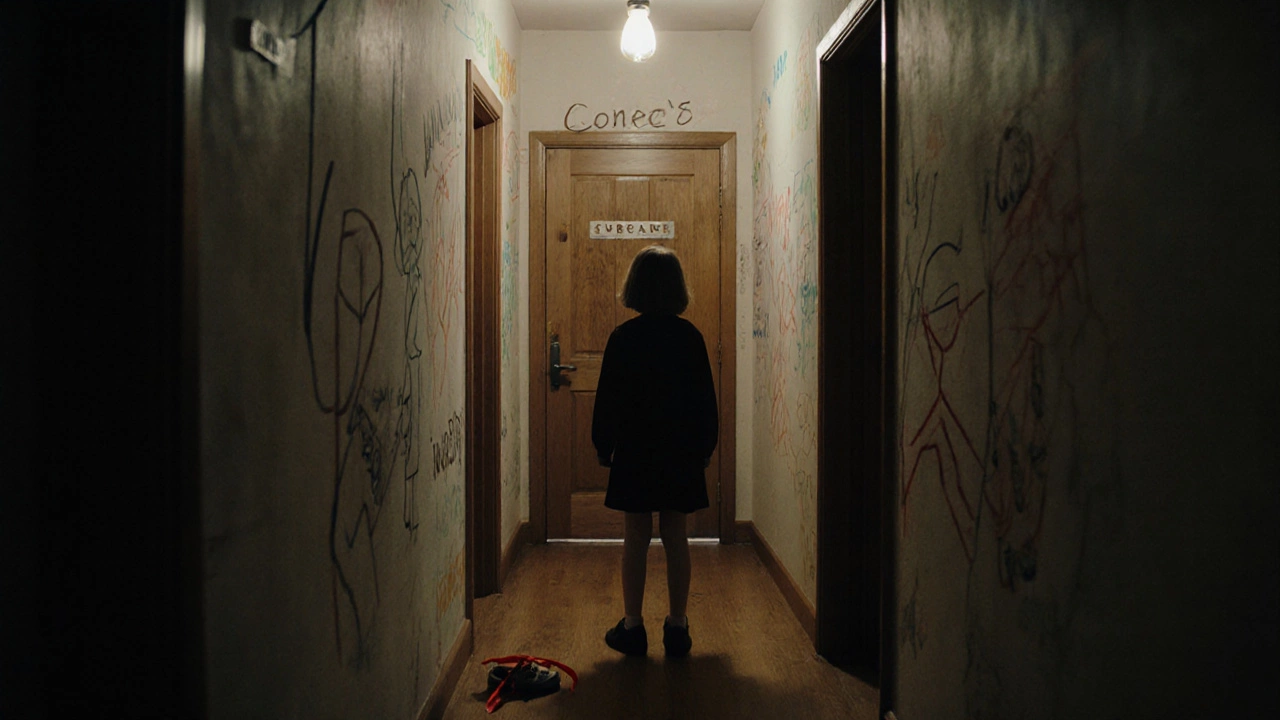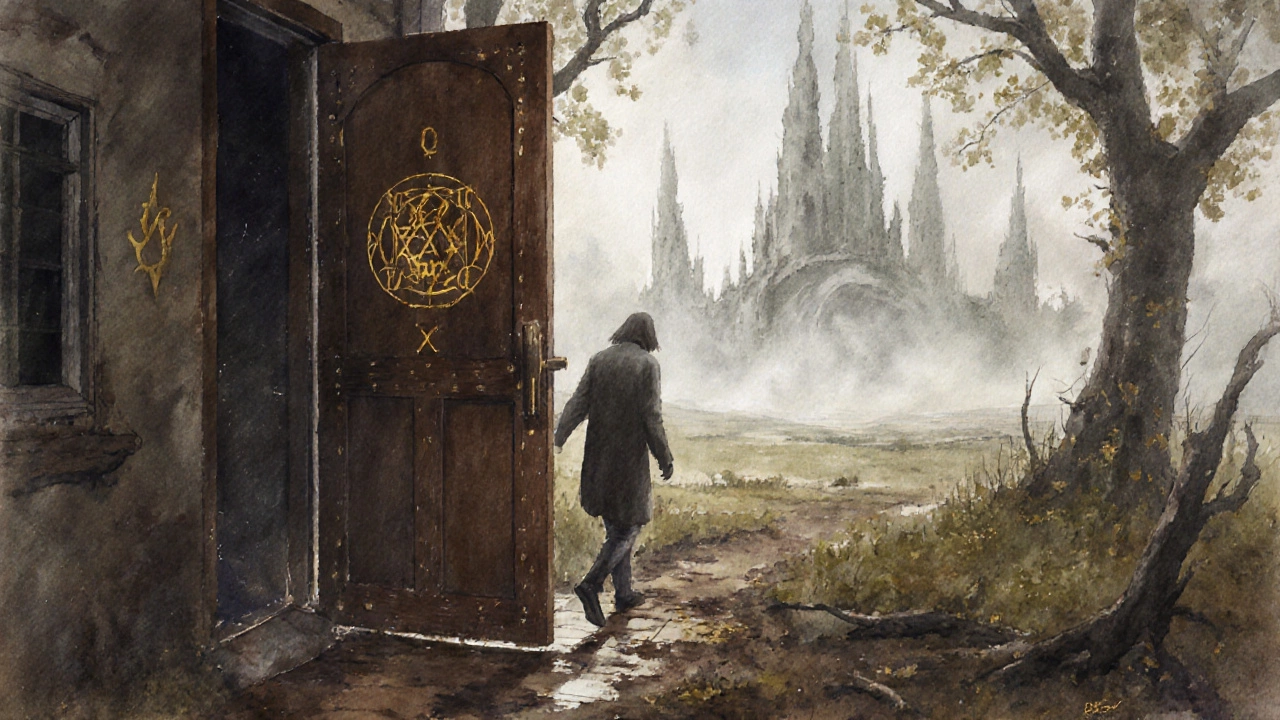
Starting an adventure story isn’t about throwing your character into a jungle or sending them on a treasure hunt right away. It’s about making the reader care enough to follow them there. Too many writers jump straight into action-explosions, chases, mysterious maps-and forget to ground the story in something real. If your reader doesn’t feel the stakes, the danger, or the longing, then no amount of dragons or lost cities will save it.
Know Who Your Character Is Before They Leave Home
Every great adventure begins with a person who’s tired of where they are. Think of Bilbo Baggins before Gandalf shows up. He wasn’t looking for dragons. He was looking for a reason to stop being invisible. Your protagonist doesn’t need to be a hero. They just need to be stuck. Maybe they’re stuck in a dead-end job. Maybe they’re stuck in a town that doesn’t understand them. Maybe they’re stuck grieving someone they never got to say goodbye to.
The moment you show what they’re running from-before they even know they’re running-you’ve already hooked the reader. In The Hobbit, Tolkien spends three pages on Bilbo’s comfortable life. That’s not boring. That’s the foundation. When the adventure starts, we feel the loss. We feel the risk. We feel the courage it takes to step out the door.
Ask yourself: What does your character want right now? Not in five years. Not when they’re rich or famous. Right now. And what’s stopping them from getting it? That’s your starting point.
Make the First Real Threat Personal
Don’t open with a storm. Don’t open with a prophecy. Don’t open with a mysterious stranger showing up at the door. Those are tropes. They’re not stories.
The best adventure openings come from a single, concrete moment that changes everything. In Indiana Jones and the Raiders of the Lost Ark, the first real threat isn’t the boulder. It’s when Indy loses the idol-and the whole village turns on him. That’s personal. That’s immediate. That’s the moment his old life ends.
For your character, it could be:
- Their sibling vanishes after finding an old journal.
- Their dog runs into the woods and doesn’t come back-and the town says it’s "just the wind." But they know better.
- They inherit a house they never knew existed-and inside, there’s a letter written in their own handwriting, dated next week.
These aren’t grand events. They’re quiet, unsettling, and deeply personal. That’s what makes them powerful. The world doesn’t need to be ending. Just their version of it.
Let the World Reveal Itself Through Action
Don’t info-dump. Don’t write a paragraph explaining how the ancient ley lines work or why the island is cursed. Show it. Let your character stumble into it.
Imagine your protagonist finds a rusted compass in their attic. It doesn’t point north. It points to the abandoned lighthouse on the edge of town-the one everyone says is haunted. They take it. They go. The moment they turn the corner and see the lighthouse door slightly ajar, that’s when the world shifts.
That’s how you reveal lore: through discovery, not explanation. The reader learns about the curse because they see the names carved into the door-names of people who disappeared. They learn about the compass because it starts glowing when they’re near danger. They learn about the history because they find a child’s shoe inside the lighthouse, still tied with a red ribbon.
Every clue should feel earned. Every revelation should come with a cost. That’s what makes adventure feel real.

Give Your Character a Clear, Urgent Goal
Adventure stories live on momentum. And momentum comes from a goal that can’t be ignored. It’s not "find the treasure." It’s "find the treasure before my sister dies." It’s not "escape the island." It’s "escape the island before the tide comes in and drowns the only boat left."
The goal needs a deadline. It needs consequences. It needs teeth.
Here’s a simple formula that works every time:
- Something valuable is lost, stolen, or hidden.
- Someone the character loves is in danger because of it.
- There’s a limited time to fix it.
That’s it. No magic spells. No chosen ones. Just a person, a problem, and a ticking clock. That’s what makes readers turn the page.
Use Setting as a Character
The best adventure stories don’t just happen in a place-they happen because of it. The jungle doesn’t just hide ruins. It breathes. It watches. It changes the rules as you go.
Think of the desert in Dune. It’s not scenery. It’s alive. It’s hungry. It kills without mercy. The sandworms aren’t monsters-they’re part of the ecosystem. The heat isn’t weather-it’s a threat that shapes every decision.
Your setting should do the same. If your story takes place in a flooded city, then the water isn’t just wet. It’s rising. It’s carrying things you don’t want to find. It’s muffling sounds. It’s hiding footsteps.
Use sensory details to make the environment feel dangerous and alive:
- The smell of wet rot in the cave walls.
- The way the wind howls differently near the cliff edge.
- The silence that comes right before something moves in the trees.
These aren’t decorations. They’re warnings. They’re clues. They’re the voice of the world itself.

Start Small. Then Let It Expand.
One of the biggest mistakes new writers make is trying to build a world as big as Middle-earth on page one. You don’t need a map. You don’t need a history book. You need one door. One key. One moment when everything changes.
Start with a single room. A single object. A single decision. Then let the world grow outward from there.
For example:
- A girl finds a key in her mother’s old coat pocket. It doesn’t fit any lock in the house.
- She tries it in the basement door-and it turns.
- Behind it, there’s a hallway she’s never seen before. The walls are covered in drawings-her drawings. From when she was five.
- And at the end of the hall, a door with her name on it.
That’s an adventure. No dragons. No wizards. Just a girl, a key, and a question that won’t let her sleep.
That’s enough to start. The rest will come naturally as your character walks forward.
Don’t Overthink the First Line
There’s no magic formula for the perfect opening line. "It was a dark and stormy night" isn’t bad-it’s just overused. What matters is that your first line pulls the reader into your character’s world.
Good opening lines for adventure stories often:
- Start with action that has emotional weight.
- Contain a contradiction.
- Ask a question the reader will want answered.
Examples:
- "The last time I saw my brother, he was handing me a compass-and telling me not to look at it until I was alone."
- "They told me the forest didn’t exist anymore. But my boots were still covered in its mud."
- "I didn’t believe in ghosts until the one in my house started leaving me notes in my handwriting."
These lines don’t explain. They intrigue. They make you wonder: Why? What happened? What happens next?
Write the First Chapter Like a Door
Your first chapter isn’t a grand introduction. It’s a door. You don’t need to show the whole house. Just open the door wide enough that the reader can’t help but step inside.
End your opening chapter with a moment that forces the character-and the reader-to commit. Something that says: "There’s no going back."
It could be:
- They burn the map behind them.
- They send a message they can’t take back.
- They step through a door-and it locks from the other side.
That’s your turning point. That’s the moment the adventure truly begins.
Forget epic battles. Forget ancient prophecies. The best adventure stories start small, feel personal, and grow because the character refuses to turn back. That’s what makes them unforgettable.


